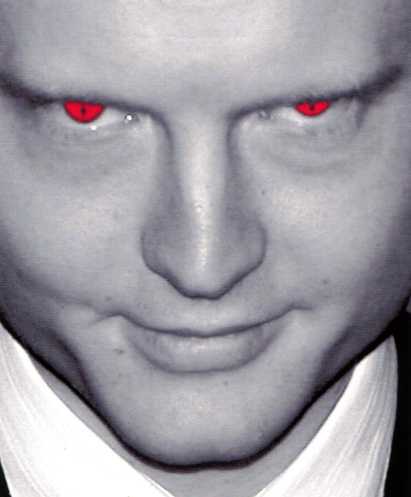

Whilst the ab initio strutructural determination of proteins through the use is powder diffraction is curently for from realisation, it is currently feasible to refine protien stuctures using the powder diffraction data. In fact to date, the structures of two proteins have been analysed by way of powder diffraction. The first was published in 2000 in Acta Crystallographica Section D, titled, The first protein crystal structure determined form high-resolution X-ray powder diffraction data: a varient of T3R3 human insulin- zinc complex produced by grinding. This paper was authored by R. B. Von Dreele, P.W. Stephens, G.D. Smith and R.H. Blessing. Bob Von Dreele also published another refinement of a protein structure by the Rietveld method in 2001. Again this appeared in Acta Cryst. Sec. D, titled, Binding of N-acetylglucosamine to chicken egg lysozyme: a powder diffraction study.
Additionally, further work is being carried out by other groups in this area. Jon Wright at the ESRF presented results at the IUCr meeting in Geneva 2002 suggesting that cooling protein powder samples can result in phase changes wihthin the sample, involving a volume expansion. He also noted that peak broadening occurs as the temperature drops. (Acta Cryst. (2002) A58(Supplement),C213 Freezing Transitions in Myoglobin Studied by Powder Diffraction). Another team working at the third generation Japanese synchrotron source, SPring8 also presented an abstact at the same conference (Acta Cryst. (2002) A58(Supplement),C290 Development of X-ray Powder D iffraction For protein Crystallography Using Synchrotron Radiation. By K. Miura, K. Kato, K. Inoue and T. Ueki). This team has collected data on bovine insulin, bovine pancreatic trypsin, hen egg lysozyme and lysozyme complexed to NAG4. This data was collected using an image plate detector, and Debye-Scherrer rings were dtectected after between 5min and 60min exposure time. The diffraction was determined up to 3Å.
We have conducted protein powder diffraction experiments at the ESRF using the high resolution powder diffraction beam line, ID31 on two proteins, Ribonuclease and Lysozyme. Although the ultra high intensity caused the sample to deteriorate rapidly (less than 10 min), high quality powder diffraction data was collected on Ribonuclease after just 2min 16sec, with an excellent signal to noise ratio. We are currently refining the data using the ccp14 suite. The Rietveld refinements are carried out using GSAS by Bob Von Dreele and Allen C. Larson, since this has the capability to import protein structures from the Protein Data Bank. Since we a long way from the ab initio strutructural determination of proteins, we currently use PDB coordinates as a structural model for Rietvled refinement.
We are currently working on data collection with several other proteins. On our next trip to the ESRF we will collect data on Soya Bean Trypsin Inhibitior and Bovine Haemoglobin. We also are currently working to produce crystallites for powder diffraction of Papain, Trypsin, Cytochrome C and a Lactalbumin.
Another of our interests is the use of low temperatures to increase the effective resolution of the data sets as well as to increase the sample lifetime in the beam. Longer sample lifetimes allow for several data sets to be combined in orer to give statistically better data. As with work carried out by Jon Wright, we have found that low temperature work often deteriorates the quality of the powder pattern, removing higher angle peaks and intenstiy from the remaining peaks. Additionally, peak broadening is another problem that occurs. Interestingly, we have found a case where these undesirable problems did not occur. This was when low temperature data was collected on Ribonuclease A. This had been crystallised from ethanol. Ethanol can act as a cryo-protectant. Since the use of cryo-crystallography is popular among protein crystallographers, we speculate that we will be able to demonstrate its value in this area of research.
I am currently a PhD student at Birkbeck College University of London researching powder diffraction as a means to analyse the structure of proteins.
I currently work within the Industrial Materials Group Within the School of Crystallograpy.
Postal Address:
John Bond
IMG, School of Crytallography
Birkbeck College, University of London
Malet Street
London, UK
WC1E 7HX
Email:bond@img.cryst.bbk.ac.uk
last modified 13 Sep 2004
bond@img.cryst.bbk.ac.uk